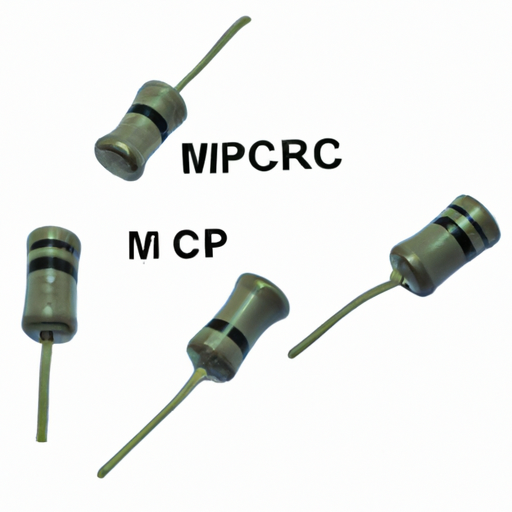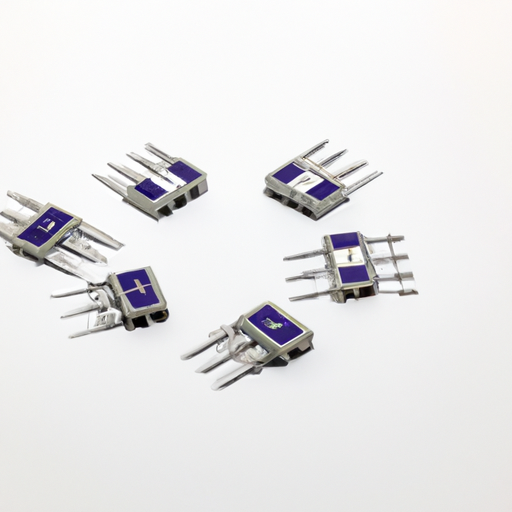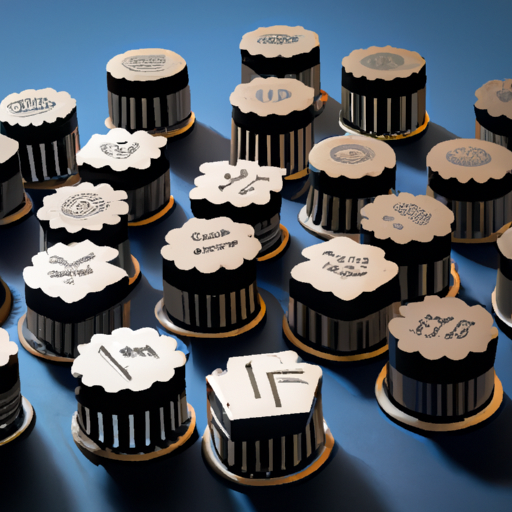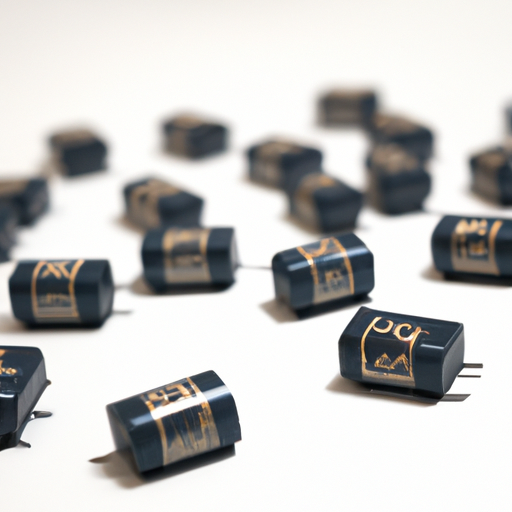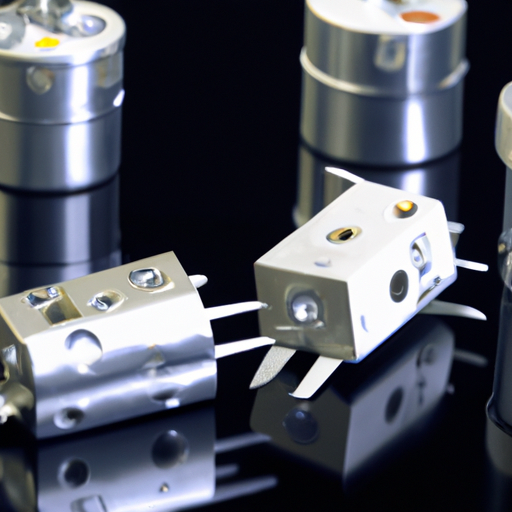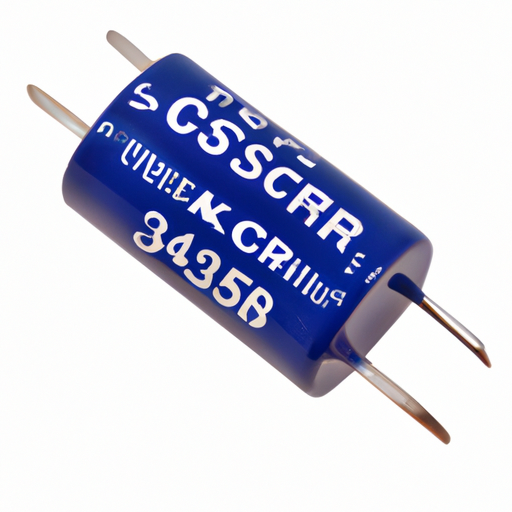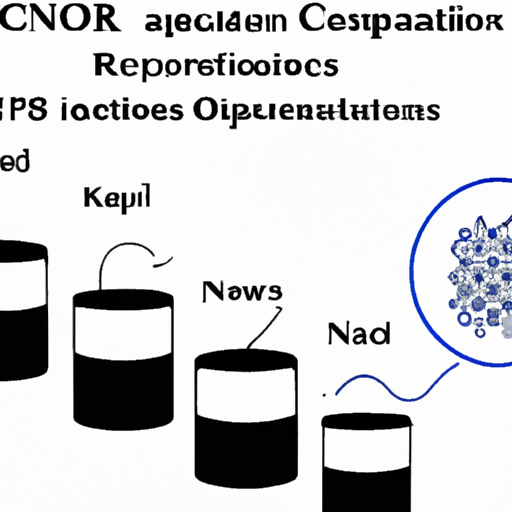Mica and PTFE Capacitors: Core Functional Technologies and Application Development Cases
Mica and PTFE (Polytetrafluoroethylene) capacitors are specialized electronic components known for their unique properties, making them essential in various high-performance applications. Below, we delve into the core functional technologies, advantages, and notable application development cases for both types of capacitors.
Core Functional Technologies
Mica Capacitors 1. **Dielectric Properties**: Mica capacitors utilize natural mica as a dielectric material, which provides exceptional thermal stability, low loss, and high insulation resistance. This makes them particularly suitable for high-frequency applications, where signal integrity is critical.
2. Temperature Stability: Mica capacitors maintain their capacitance across a wide temperature range, typically from -55°C to +125°C, making them ideal for environments with significant temperature fluctuations.
3. High Voltage Ratings: Mica capacitors can handle high voltage applications, often exceeding 1 kV. This capability is essential for power electronics, RF applications, and other high-voltage environments.
4. Low ESR and ESL: Mica capacitors exhibit low equivalent series resistance (ESR) and equivalent series inductance (ESL), which are crucial for maintaining performance in high-frequency circuits.
PTFE Capacitors 1. **Chemical Resistance**: PTFE capacitors are highly resistant to a wide range of chemicals and solvents, making them suitable for harsh industrial environments where exposure to corrosive substances is common.
2. Low Dielectric Loss: PTFE has an extremely low dielectric loss factor, which is advantageous for RF and microwave applications, ensuring minimal signal degradation.
3. Wide Temperature Range: PTFE capacitors can operate effectively over a broad temperature range, typically from -55°C to +200°C, allowing for versatility in various applications.
4. High Voltage Capability: Like mica capacitors, PTFE capacitors can also handle high voltage applications, making them suitable for power electronics and other demanding environments.
Application Development Cases
Mica Capacitors 1. **Aerospace and Defense**: Mica capacitors are widely used in aerospace applications due to their reliability and performance under extreme conditions. They are integral to radar systems, communication devices, and navigation equipment, where precision and durability are paramount.
2. Telecommunications: In RF applications, mica capacitors are employed in filters, oscillators, and amplifiers. Their stability and low loss characteristics make them ideal for maintaining signal integrity in telecommunications systems.
3. Medical Equipment: Mica capacitors are utilized in medical devices where precision and reliability are critical, such as in imaging systems (e.g., MRI machines) and diagnostic equipment, ensuring accurate performance in sensitive applications.
PTFE Capacitors 1. **Industrial Automation**: PTFE capacitors are commonly used in industrial control systems, where exposure to chemicals and high temperatures is prevalent. They are found in sensors, actuators, and control circuits, providing reliable performance in demanding environments.
2. RF and Microwave Applications: PTFE capacitors are extensively used in RF amplifiers, antennas, and microwave circuits due to their low loss and high-frequency performance. Their ability to maintain performance under high-frequency conditions is crucial for modern communication systems.
3. Automotive Electronics: In automotive applications, PTFE capacitors are used in power management systems and electronic control units (ECUs). Their reliability and performance are essential for ensuring the proper functioning of critical automotive systems, including safety features and engine control.
Conclusion
Mica and PTFE capacitors each offer distinct advantages that make them suitable for specific applications across various industries. Mica capacitors excel in high-frequency and high-voltage applications, while PTFE capacitors are preferred for their chemical resistance and low dielectric loss. Understanding the core technologies and application cases of these capacitors enables engineers and designers to select the most appropriate components for their electronic systems, ensuring optimal performance and reliability.

